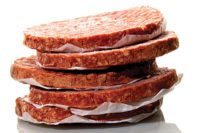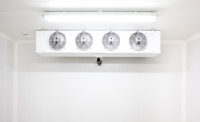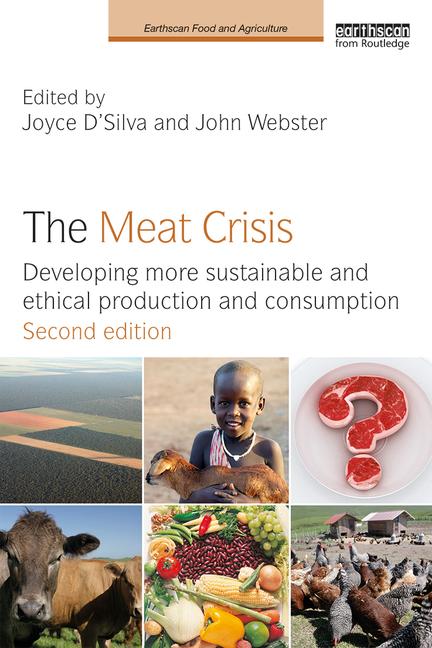Processing Tech
Managing freezing systems
Technological advances lead to improved operational strategies for processors who need to keep products as cold as ice.

Wintertime may seem to be an easy time to discuss freezing systems, but the challenges — such as energy management — and solutions to answer those trials are in the works all year long.
New technologies to ease in operation and management are where most of the improvement efforts are being concentrated by equipment suppliers of freezing systems.
The key to making good safe food is to get it processed quickly and then get it frozen quickly, says Roger Williams, owner of Williams Sausage Co., Union City, Tenn. Williams Sausage uses two types of freezing systems: propylene glycol brine chillers for sausage chubs and mechanical spiral freezers for fully cooked sausage patties and links. The company’s two spiral freezers and one brine chiller all require ammonia refrigeration compressors for the actual freezing process.
Williams Sausage uses a two-stage screw compressor for peak energy efficiency, its owner says.
To keep its freezing systems in top operation shape, Williams Sausage conducts a lot of preventive maintenance. Being a smaller processor, Williams Sausage is assisted in this maintenance effort by using its freezing-system supplier’s online system that keeps the company informed on the daily tasks that need to be performed to stay up to date on the maintenance.
In addition, all of the company’s refrigeration controls are integrated into a control system that allows the controls to be monitored from various PC locations throughout the plant, which helps with efficiency also, Williams says.
Many of the recent developments in refrigeration that have improved efficiency are computer systems that automatically turn equipment on and off as demand increases or decreases, says Doug Obermueller, a plant engineer at Lincoln, Neb.-based Universal Cold Storage, a distributor specializing in the handling and shipping of refrigerated and frozen meat products.
For example, computer systems can automatically turn equipment off at certain times of the day, such as peak times when utility rates are higher, and then bring equipment on at other times of the day when it is less costly, he explains.
Another strategy of operation of freezing systems takes advantage of a newer technology available today — running motors with controls called electronic frequency drives.
“They can decrease equipment power usage by slowing down motors, which decreases the power they consume when they don’t need to run at full load,” Obermueller says.
One of the greatest challenges processors and distributors face in keeping the freezing system at peak efficiency is keeping evaporator coils clean, Obermueller says. This requires checking condenser water nozzles to make sure none are plugged along with monitoring the chemicals in the condensing water to prevent scaling which reduces the heat transfer efficiency, he explains.
In addition, LED lighting fixtures with occupancy sensors in refrigerated spaces will use less power compared to conventional light fixtures such as high-pressure sodium or metal-halide fixtures.
LED light fixtures also create less heat into the space that would have to be removed by the refrigeration system, Obermueller says.
Looking for a reprint of this article?
From high-res PDFs to custom plaques, order your copy today!









